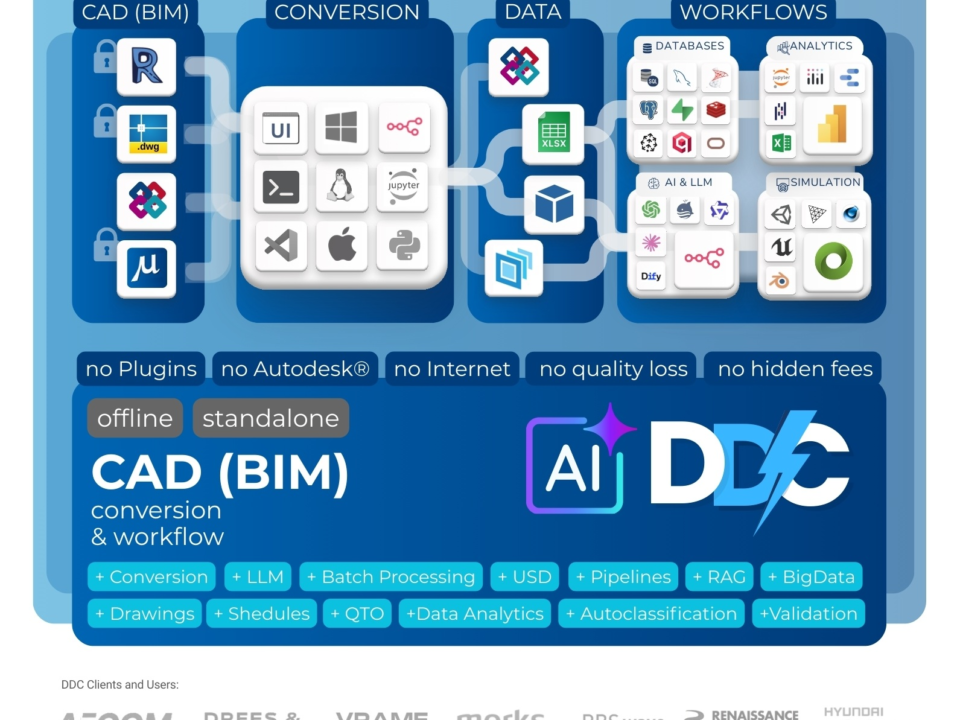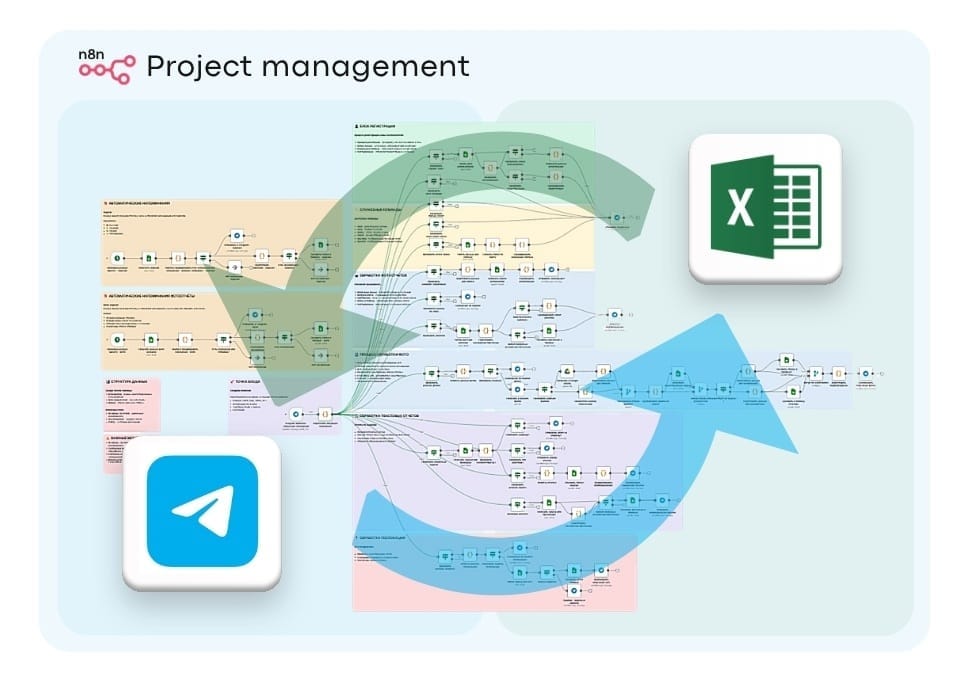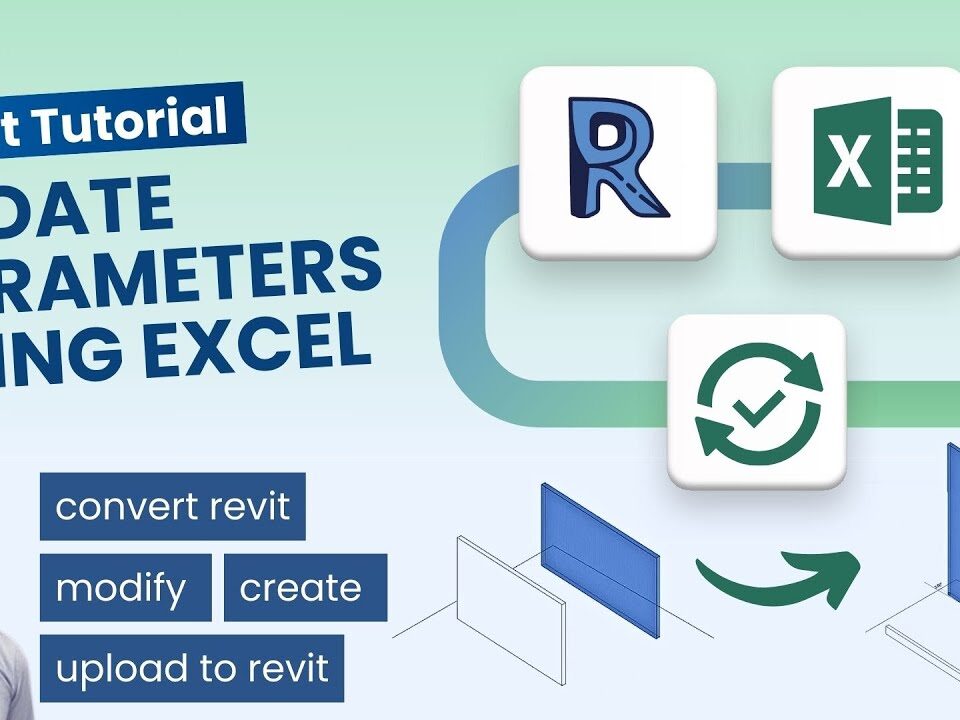I am a civil engineer. I have a PhD in project and construction management. As a civil engineer, in addition to the many construction projects I have realized, I have been involved in the development in the field of AEC since 1987, which Artem Boiko described in BIM history https://bigdataconstruction.com/history-of-bim/. In addition to representing Archtrion, Vectorworks software in Turkey, I have realized the Turkish localization of these software. In partnership with Bentley, I provided sales and training of Bentley’s AEC solutions. I produced kitchen design and order automation software called ArchKitchen. In addition to world brands such as Arup, Bayer, Mercedes, Renault, Siemens, Franke, Teka, public institutions of my country and sector leading brands have become my customers. I have produced a lot of software in the field of AEC. When I review the book Data-Driven Construction with the knowledge and experience I have gained in my professional life of more than thirty-five years, I would like to say the following.
I would like to start by saying that when you take the Data-Driven Construction book in your hand, you will feel its high quality with its print quality and binding.
Most importantly, I should also say that Data-Driven Construction is worthy of being taught as a textbook in universities and is a book that will make valuable contributions to the developing BIM field.
Data-Driven Construction contains a technical glossary that explains the concepts very well. The explanation of conceptual and technical terms adds value to the understanding of the text. I think it would be appropriate to develop these sections of the book as a technical glossary.
Data-Driven Construction book is supported by visual narration. Topics that are extremely difficult to explain are made simple and understandable with a very beautiful visual language. I think that what is intended to be explained in the visuals should be expressed to the reader, even if briefly. The comprehensibility of some visuals, in other words, reading the visual requires separate information.
The book Data-Driven Construction explains very well what is conceptually related to what with its historical background. I would like to suggest that in the development of the book, these narratives should be made comprehensive instead of being a summary.
The book Data-Driven Construction has traces of Artem Boiko’s education and software development experiences, which increases the gains of the reader. I think that it would be better to relate what is described in the book to Artem Boiko’s education and software development with the links to be given and to increase the software examples in case-study style.
I must say that the topics of the Data-Driven Construction book are very well structured. I think it would be useful to give information about software development tools in the parts of the book that will guide those who want to work in this field.
I think it would be useful to have a section in the Data-Driven Construction book where existing software solutions on the subject are examined. For example, I think it would be useful to explain the operation of a system such as ERP and data relationships to the reader in a short understandable language.
In the book Data-Driven Construction, many file and data sharing formats are mentioned. I think it would be useful to provide more detailed information about the content of these formats or to provide the reader with access to detailed information by referring to references.
In the Data-Driven Construction book, I think that BIM standard setters such as BuildingSmart, BSI are introduced and the relationship between BIM standards and data should be given in more detail. For example, I think it is a necessity to explain the structure of IFC in the book in great detail.
I think that how data is obtained from BIM model information should be exemplified in the book as in Artem Boiko’s trainings.
Finally, I must say that the Data-Driven Construction book is a very good study on the essence of the subject and each title is open to be developed more comprehensively.
I would like to say a few words about Artem Boiko himself.
In my PhD study, I argued that Revit-Dynamo software, a visual programming tool, can be used in the calculation of construction costs in an unconventional way. I must say that I am surprised that among the over 10.000 sources I examined for Cost Network Modeling, which I developed in my PhD, only Artem Boiko followed the same approach.
I would also like to say that I am happy to introduce Artem Boiko’s valuable work in my lectures and seminars at universities.
I am happy to know Artem Boiko, a good and valuable person.
I wish him continued success.






















